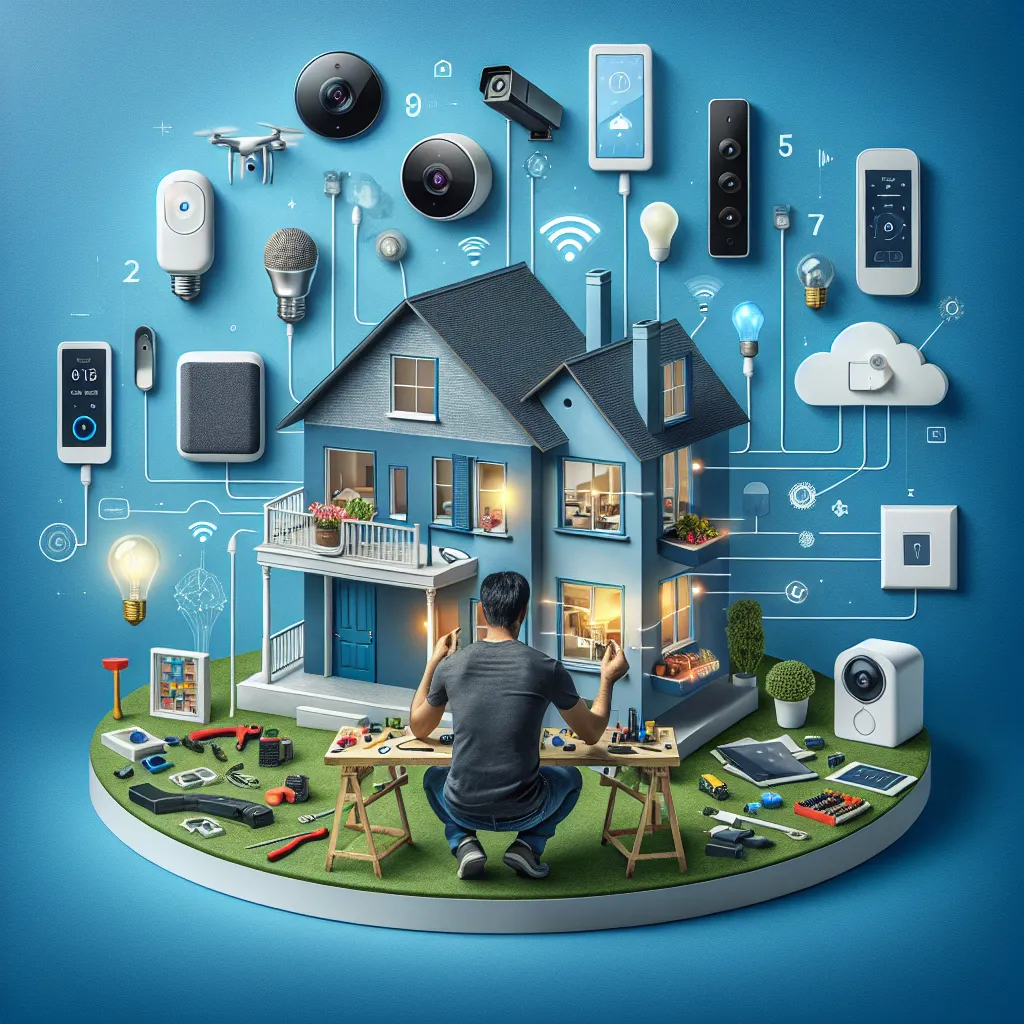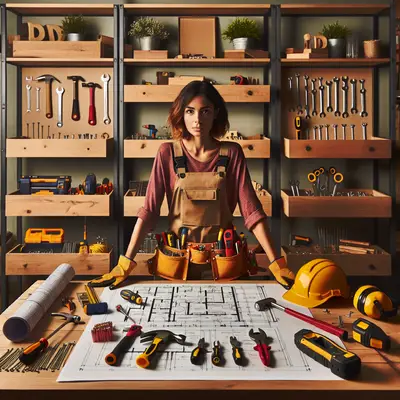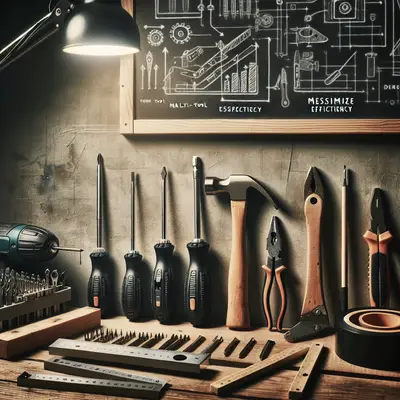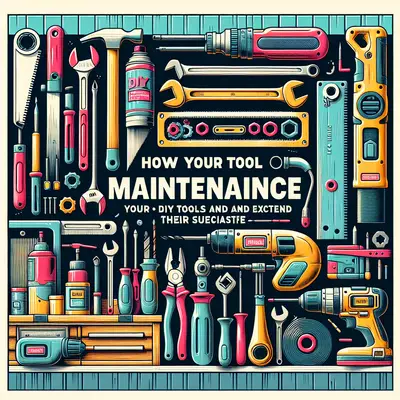Identify Your Needs
Before diving into the world of home automation, it's crucial to identify your needs. What aspects of your home do you want to automate? Do you want to control your lighting, heating, security, or all of these? Identifying your needs will help you choose the right tools and equipment and allow you to plan your budget effectively.
Choose Your Platform
Choosing the right platform is crucial when setting up a DIY home automation system. The platform you choose will be the backbone of your system, linking your devices and allowing them to communicate with each other. Some popular platforms include SmartThings, Home Assistant, and OpenHAB. Research each platform's features, compatibility, and ease of use before making a decision.
Select Compatible Devices
Once you've chosen your platform, it's time to select compatible devices. This can include smart plugs, smart bulbs, smart thermostats, security cameras, and more. Ensure that the devices you select are compatible with your chosen platform. Also, consider the ease of installation and the device's functionality.
Install Your Devices
After selecting your devices, the next step is to install them. While the installation process can vary from device to device, most smart devices come with detailed instructions. Some devices, like smart plugs and bulbs, simply require a power source and a Wi-Fi connection. Other devices, like smart thermostats and security cameras, might require a bit more technical know-how.
Set Up and Customize Your System
Once your devices are installed, it's time to set up your system. This involves linking your devices to your platform and creating automation rules. For example, you might want your lights to automatically turn off when everyone leaves the house, or your thermostat to adjust the temperature based on the time of day.
Conclusion
Building a DIY home automation system might seem overwhelming at first, but with a bit of planning and patience, it can be a rewarding project. Not only can it enhance your home's comfort and convenience, but it can also give you a sense of accomplishment knowing you've done it yourself. So, roll up your sleeves and dive into the world of home automation - your smart home awaits!



